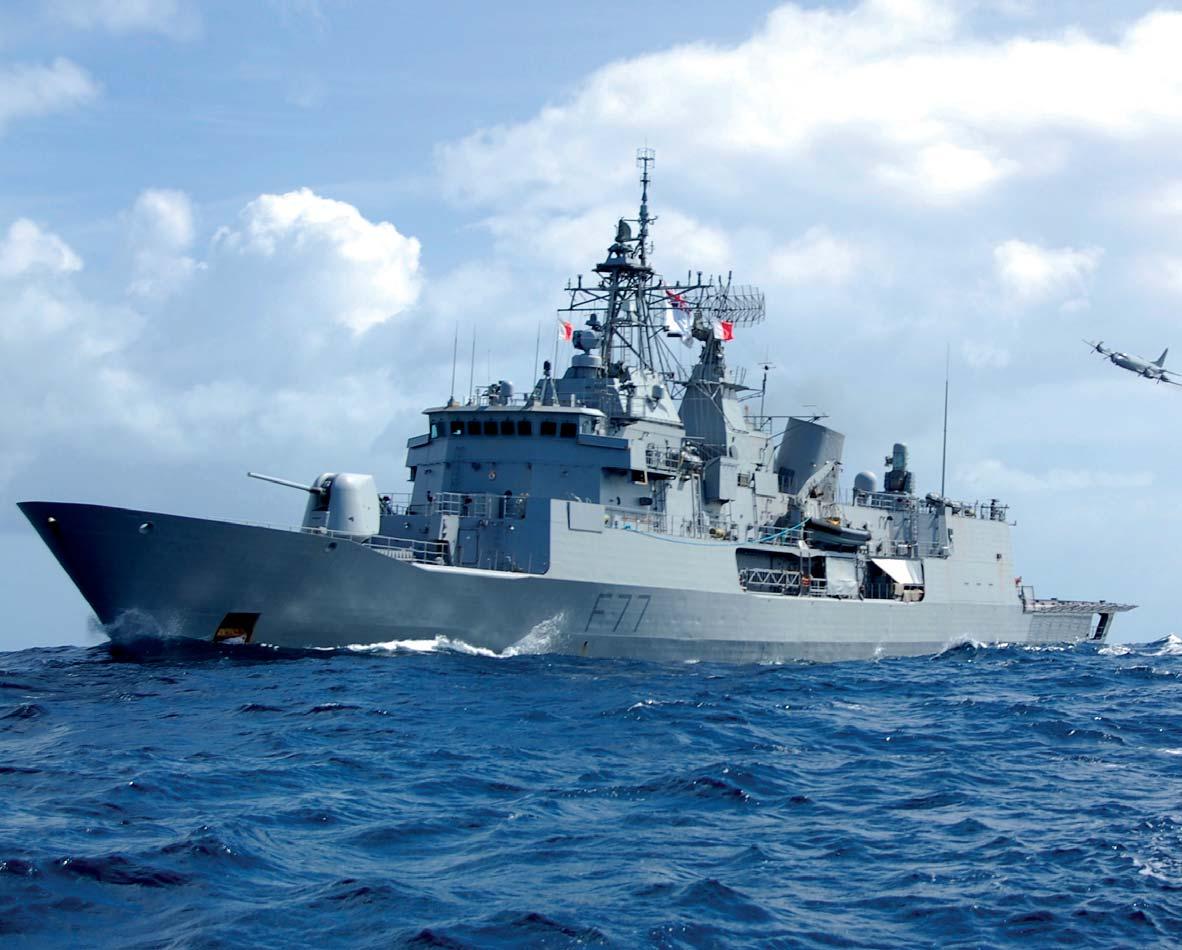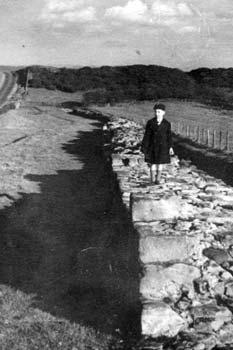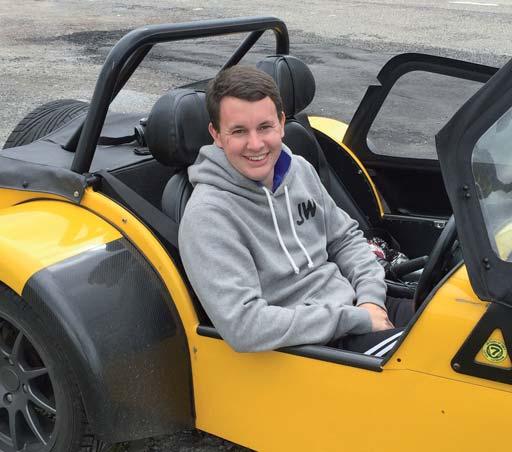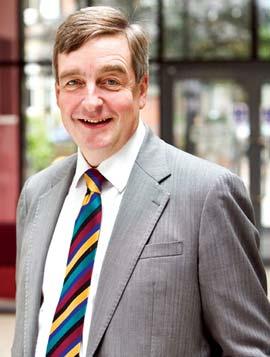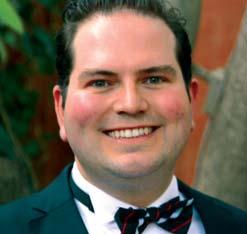
4 minute read
Johannesburg Trauma Elective
from ONA 65
By Tae Lee (98-08)
Johannesburg is a city well known for its wealth of natural resources, history and diversity. Unfortunately for a place that was once christened Egoli or “the land of gold” by the Zulu populous, poverty and unemployment have been rife in modern times, with crime and violence topping the agenda: Louis Theroux’s Law and Disorder television documentary certainly paints this raw picture.
Advertisement
So, even before boarding my flight at Heathrow, I had reservations heading for my one-month medical trauma elective. A UK colleague five weeks into her placement had emailed me that five students had already suffered needlestick injuries, from treating a patient population in which at least one in three have HIV. Not the most welcoming news before take off.
My place of work was to be the Chris Hani Baragwanath Hospital –the third largest hospital and the largest trauma centre in the world – that serves the adjacent Soweto township; a remnant of the apartheid era that evicted the black South Africans from central to south west Johannesburg. This hospital, affectionately known as Bara, attracts students and doctors worldwide who want their taste and hands-on experience of trauma. A weekend shift here is equivalent to half a decade’s worth of experience at a UK major trauma centre; it is unrivalled.
Patient demographics were certainly different from those at home. Many were poor black males, with multiple stab wounds after intoxicated altercations. Added to this common list were victims of gang violence, rape, motor vehicle accidents, assaults and burns. With this poorly funded and understaffed state hospital, elective students were much-valued members of the trauma team trying to reduce the never-ending backlog of patients being stretchered in at a frightening pace, 24-7.

As an elective student, I was treated as a junior doctor and was given a lot of responsibility to help with the high turnover. My weekly on-call rota was a standard two or three 26-hour shifts – the South African doctors thought I was joking when I referred to the 48-hour-week European Working Time Directive – at the resus bay and trauma pit. The 16-bed resus bay was the place where all the P1s (patients with life threatening injuries) were admitted for immediate resuscitation. The trauma pit was where all the P2 and 3s (patients who had less severe injuries) were triaged and treated in one of the 11 private cubicles.
My first on-call was unforgettable. Bara overwhelmed my senses. Blood was splattered everywhere despite regular efforts from the cleaners. There was the inescapable stench of urine, vomit and alcohol breath of combative locals shouting abuse at you. My arms ached from repeated attempts of restraining physically aggressive patients; yes, unfortunately this was necessary for the safety of patients and staff. There was also the spray of bodily fluids onto
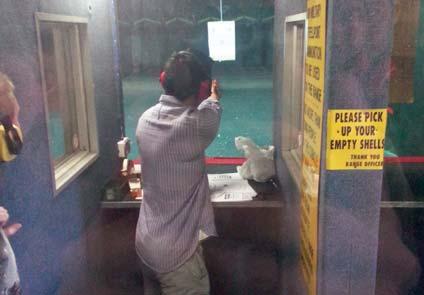

Above (clockwise): Post-26-hour shift at the world’s largest trauma centre
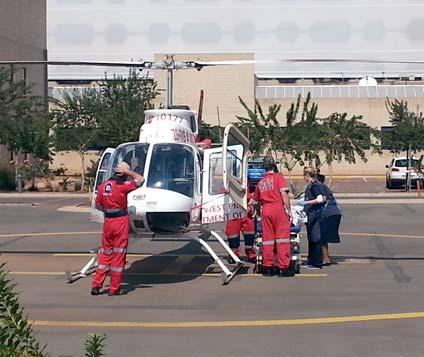
Patient transfer from a rural hospital by air ambulance following a severe head injury
Trauma unit, Chris Hani Baragwanath Hosptial, Johannesburg
Gun range, one of the sources of Johannesburg trauma my face whilst injecting local anaesthetic into a man’s lacerated scalp towards the end of my shift. To top things off, I had to drive back to my accommodation, trying hard not to fall asleep at the wheel. It was in short, a baptism of fire.
However with a couple of shifts under my belt, I started to adapt to Bara’s rigors and became accustomed to the department looking like a war zone on a regular basis. I performed lots of invasive procedures such as chest drains, suturing and central lines, that I would never be allowed to do in the UK as a junior doctor. But, due to the brutal nature and necessity of Johannesburg and Bara, senior staff were very much set on the apprenticeship adage: see one, do one. They were incredible teachers, supportive, patient and wanted us to do these procedures safely and competently so that we in turn could help out with the enormous workload.
I also learnt a lot more about myself and about becoming a doctor in my one-month elective than my entire six years at medical school. I mean no disrespect to my medical school, rather that I was given much more autonomy and was regularly put under challenging situations such as dealing with aggressive patients (and nursing staff!), suggesting my management plans to seniors, but also acknowledging my own limitations and when to ask for help.
At the end of my placement I was glad for two reasons. The first was that I managed to complete the elective without harm done to the patients and myself. The second was that Johannesburg re-affirmed my love and admiration for the NHS back at home. Despite being put under significant political, financial and media pressure, it is fantastic that the UK can still provide the most cost-effective, high quality healthcare in the world, to us, for free. Governments may change, but let us hope that the NHS may continue strongly for many years to come.
I want to sincerely thank the ONA for their generous support for making my elective possible.

